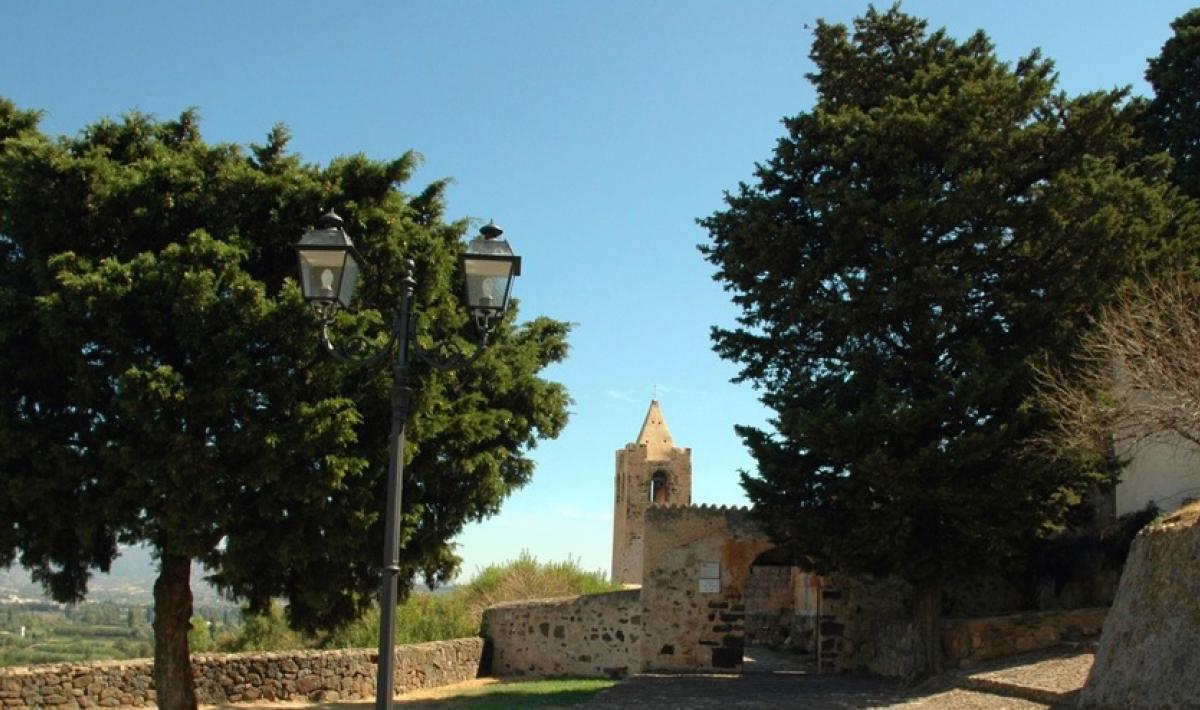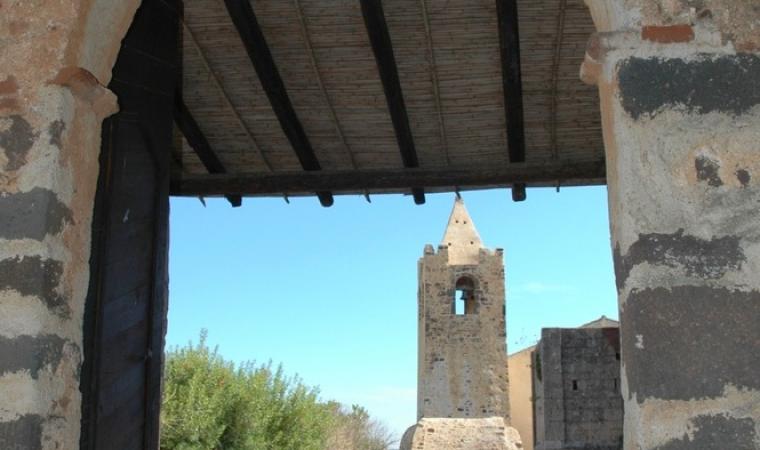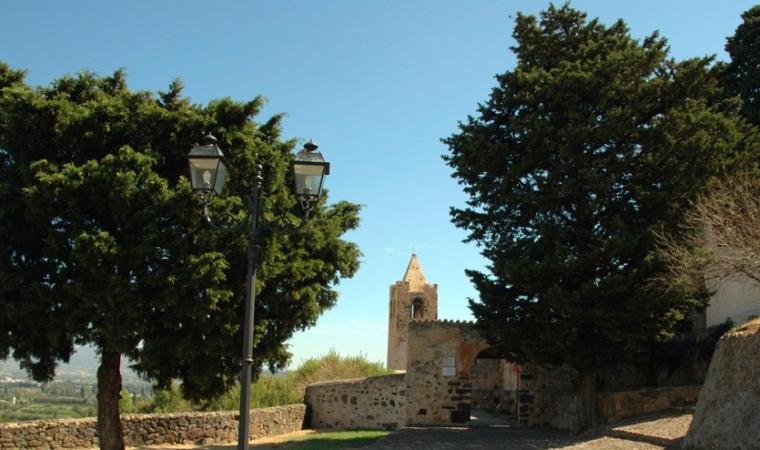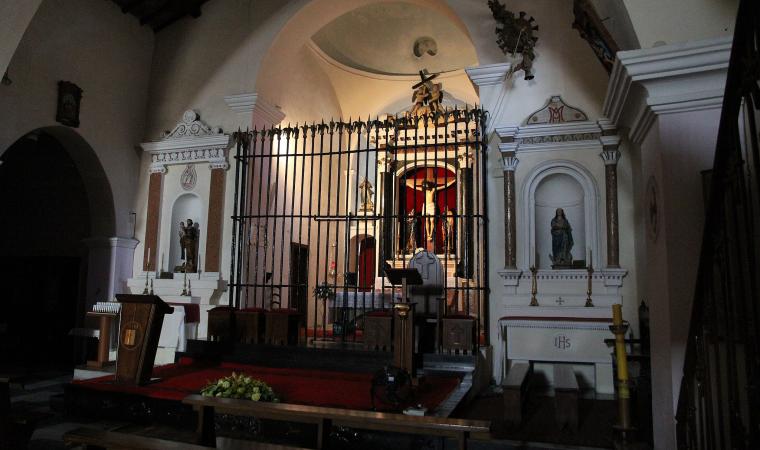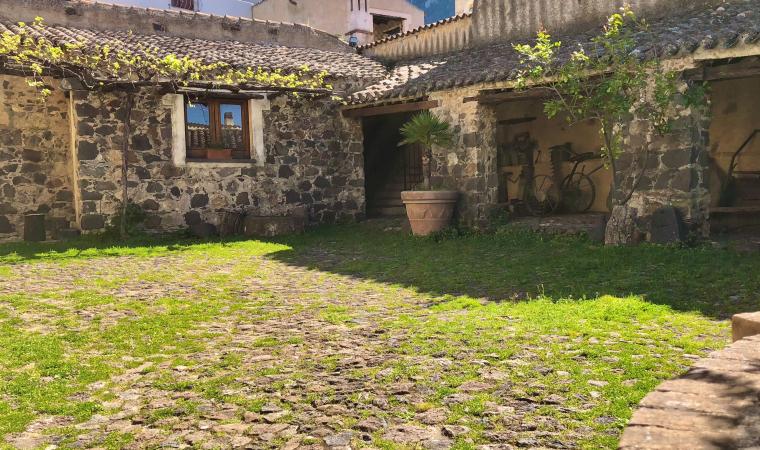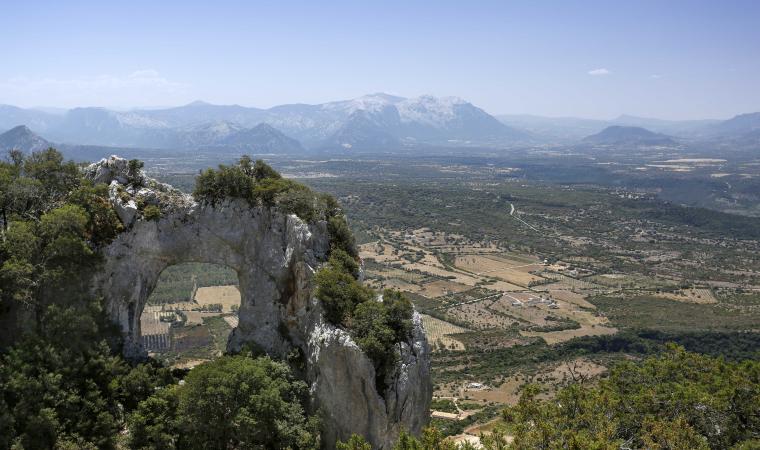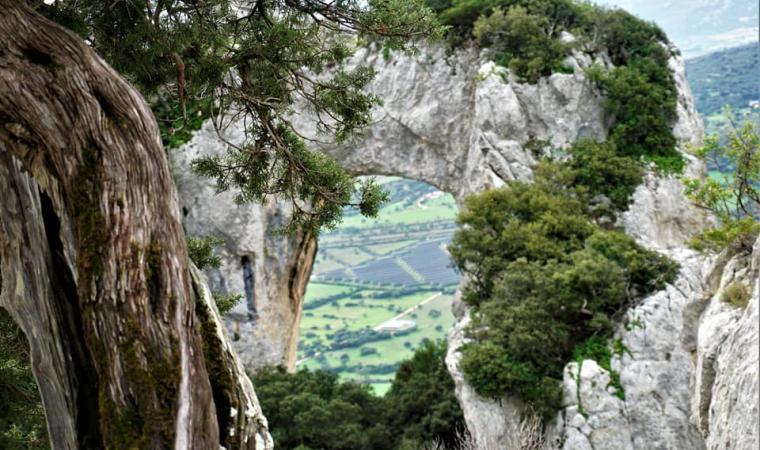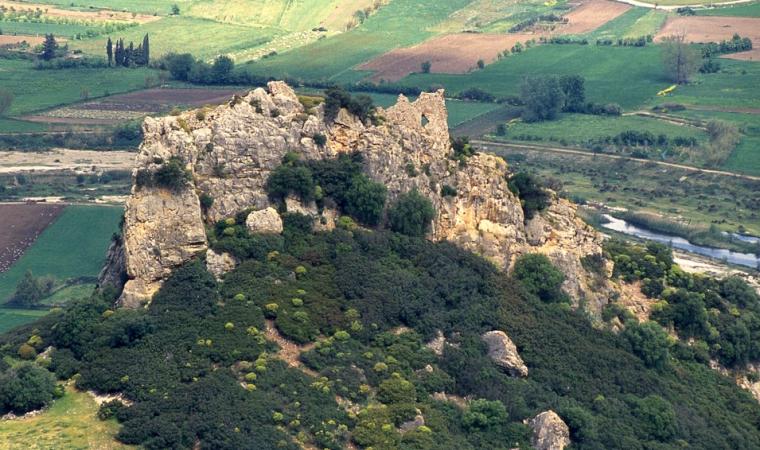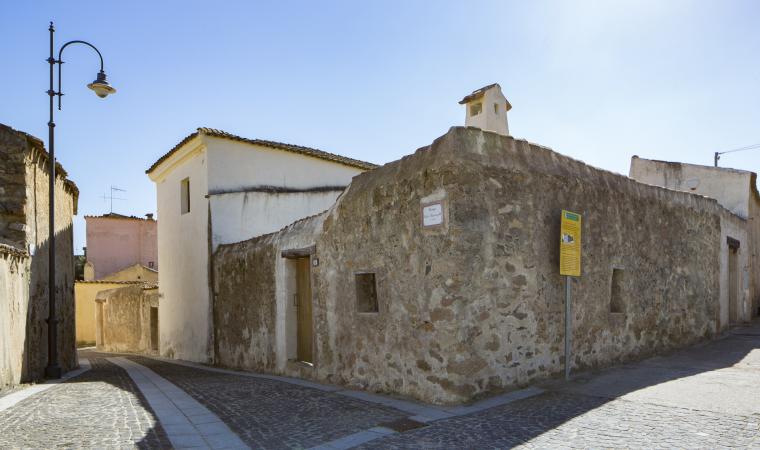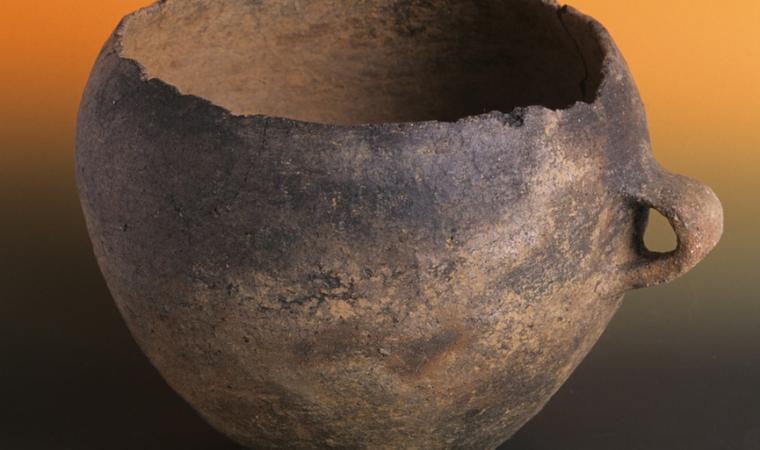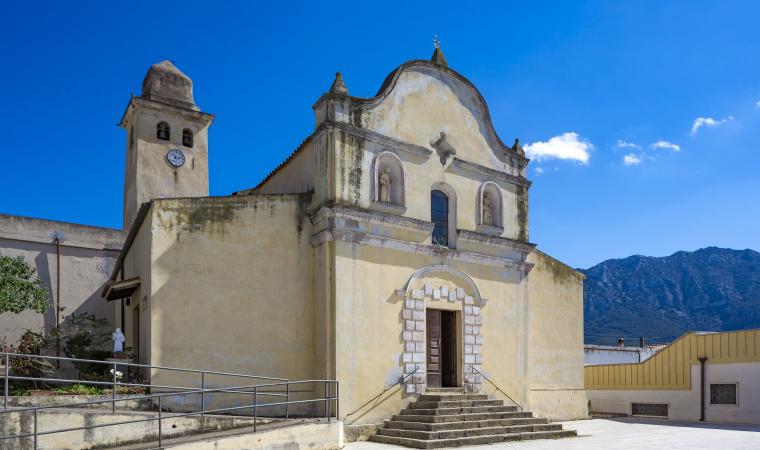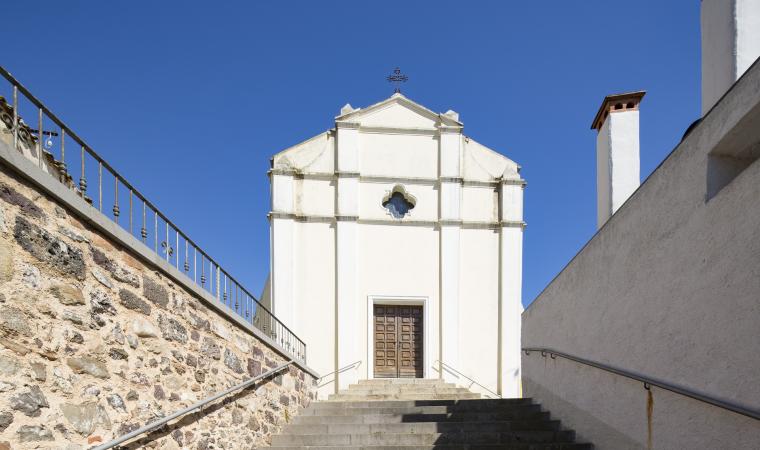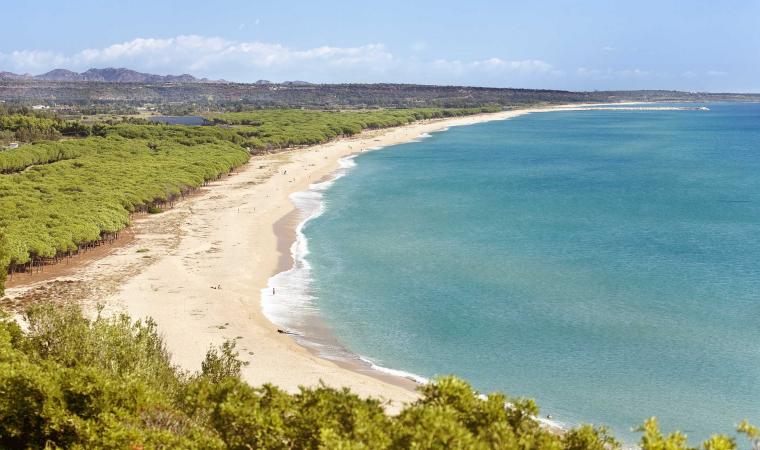Inside the cemetery walls, at the eastern exit of the residential area of Galtellì, you will see a high bell tower on the right. It is part of the complex of San Pietro, once the bishopric of the small village in Bassa Baronìa, transferred to Nuoro in 1496. Of the three buildings of the medieval diocese, the square-section bell tower may have been built in the late sixteenth century over an older tower and the large Romanesque cathedral remained unfinished, while the other church, perhaps early medieval, smaller and originally with one nave, was then enlarged to include three naves.
Around 1090, construction began on the large Romanesque church, which was to serve as the cathedral of the diocese of Galtellum. The small church may have already existed, but was unsuitable for hosting the bishop’s throne.

